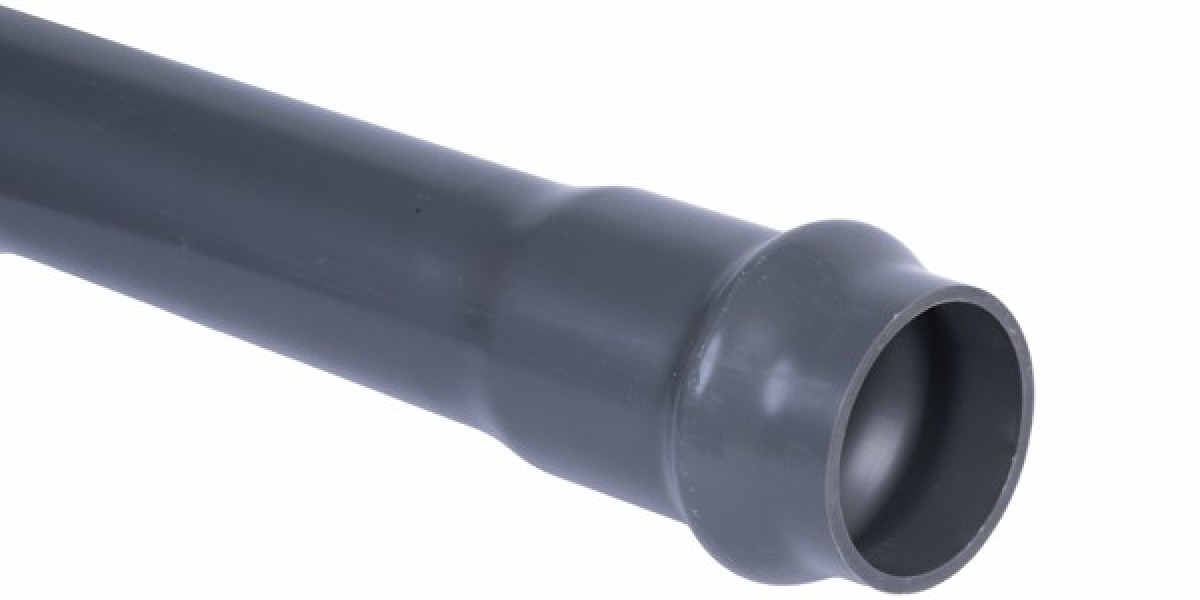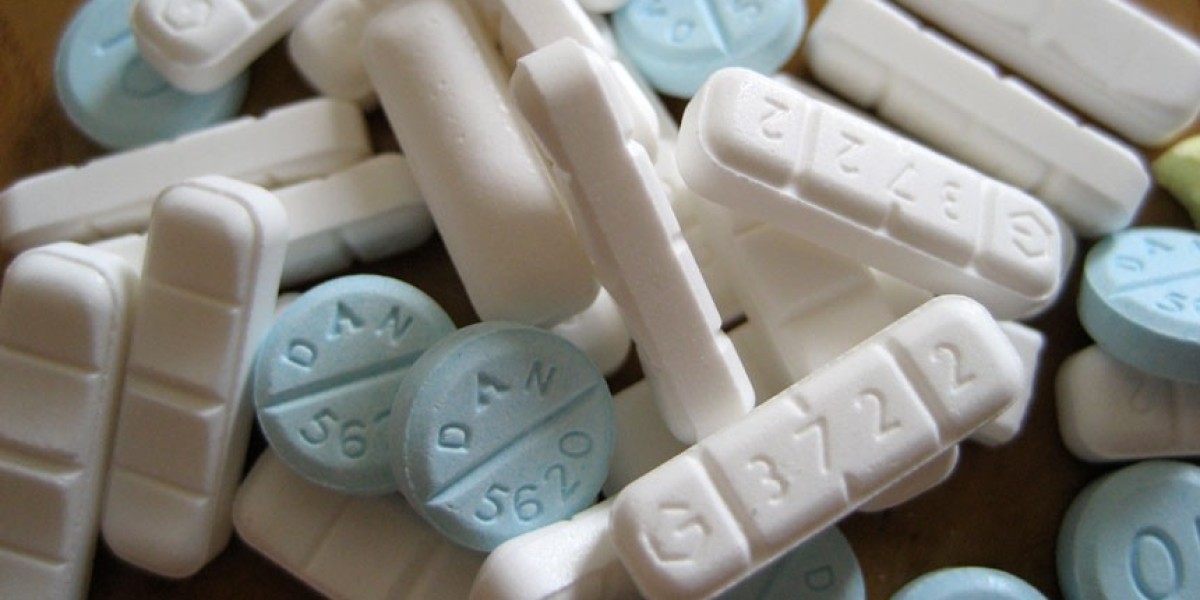The intricate network of pipes and fittings that makes up modern plumbing systems is far more sophisticated than most people realise. From the simple task of delivering clean water to our taps to managing complex drainage pipes and fittings in commercial buildings, these essential components work tirelessly behind our walls and beneath our floors. Understanding the various types of plumbing fittings and their applications is crucial for both professional plumbers and enthusiastic DIYers who want to tackle home improvement projects with confidence.
The Foundation of Modern Plumbing Systems
Modern plumbing systems represent centuries of engineering evolution, combining time-tested principles with innovative materials and designs. At their core, these systems rely on an array of specialised fittings that serve different purposes, from joining pipes to controlling water flow and managing pressure. Whether you are working with traditional copper pipes, modern PEX tubing, or industrial-grade conduit pipes, selecting the right fitting for the job is essential for creating reliable, leak-free connections.
Understanding Basic Fitting Types
The world of plumbing fittings is diverse, with each type designed to address specific needs and challenges. Let's explore some of the most fundamental categories and their applications in both residential and commercial settings.
- Compression Fittings
Compression fittings have revolutionised modern plumbing by offering a reliable, tool-free solution for connecting pipes. These fittings use mechanical pressure to create watertight seals, making them particularly valuable for repairs and installations in tight spaces. The beauty of compression fittings lies in their simplicity – a brass ring is compressed between the fitting body and a nut, creating a secure connection that can withstand significant pressure.
- Threaded Fittings
Threaded connections remain one of the most versatile and widely used joining methods in plumbing. These fittings feature either male (external) or female (internal) threads that allow for secure, removable connections. The introduction of thread sealants and PTFE tape has made these connections even more reliable, effectively preventing leaks even under high pressure conditions.
- Push-to-Connect Fittings
Innovation in plumbing technology has given rise to push-to-connect fittings, which represent the cutting edge of convenient installation. These fittings use internal grab rings and O-rings to create instant, secure connections without the need for tools or special preparation. While they may cost more than traditional fittings, the time savings and reliability they offer make them increasingly popular in modern plumbing projects.
Specialised Applications and Solutions
Beyond basic connections, plumbing systems require specialised fittings for specific applications. Understanding these components is crucial for designing and maintaining efficient systems.
- Flow Control and Prevention
The foot valve stands as a crucial component in many plumbing systems, particularly in applications where maintaining prime in pumps is essential. These specialised check valves prevent backflow and help maintain system efficiency, making them indispensable in well pumps and other water-lifting applications. Their design typically includes a strainer to prevent debris from entering the system while allowing water to flow freely in the desired direction.
- Flexible Solutions
Modern plumbing systems often incorporate hoses for applications requiring flexibility and movement. These components prove invaluable in connecting appliances, managing vibration, and accommodating thermal expansion. High-quality braided stainless-steel hoses have become the standard for many applications, offering superior durability and burst resistance compared to traditional rubber alternatives.
- Industrial Applications
In industrial settings, the demands on plumbing systems can be particularly challenging. Here, specialised fittings designed for specific materials and conditions become essential. For instance, chemical-resistant fittings might be required for handling corrosive substances, while high-temperature fittings are necessary for steam systems. The use of appropriate conduit pipes and their associated fittings ensures proper protection for electrical wiring while maintaining the integrity of the overall system.
Material Considerations
The choice of fitting material plays a crucial role in system performance and longevity. Common materials include:
- Brass Fittings
Brass fittings have long been favoured for their durability and corrosion resistance. Their natural antimicrobial properties make them particularly suitable for potable water systems. Modern lead-free brass alloys have addressed historical concerns about lead content while maintaining the material's excellent mechanical properties.
- Plastic Fittings
The evolution of plastic technology has revolutionised plumbing fittings. PVC, CPVC, and PEX fittings offer excellent chemical resistance and are significantly lighter than metal alternatives. These materials have made installation easier and more cost-effective while providing reliable service in many applications.
- Stainless-Steel Fittings
In demanding environments where corrosion resistance is paramount, stainless-steel fittings prove their worth. Though more expensive than other options, their longevity and reliability in aggressive environments often justify the investment.
Installation Considerations and Best Practices
Successful plumbing installations require more than just selecting the right fittings. Proper installation techniques and attention to detail are essential for creating reliable, long-lasting connections.
- Preparation is Key
Before installing any fitting, thorough preparation of the connecting pipes is crucial. This includes proper cleaning, deburring, and ensuring correct alignment. Even the most expensive fitting will fail if installed on poorly prepared pipes.
- System Compatibility
When designing plumbing systems, consideration must be given to the compatibility of different materials and fittings. This includes not only physical compatibility but also chemical compatibility with the fluids being transported and environmental conditions such as temperature and pressure.
- Future Maintenance
Smart system design includes planning for future maintenance and repairs. Including union fittings at strategic points can greatly simplify future work, while proper labelling and documentation of system components helps maintenance personnel understand system layout and requirements.
Emerging Trends and Innovations
The plumbing industry continues to evolve, with new materials and fitting designs emerging to meet changing needs and regulations. Smart fittings with integrated sensors for leak detection and water quality monitoring represent the cutting edge of plumbing technology, while advances in manufacturing processes are making fittings more reliable and cost-effective than ever before.
Final Words
The world of plumbing fittings may seem overwhelming at first glance, but understanding the basic types and their applications provides a solid foundation for any plumbing project. Whether working with simple residential systems or complex industrial installations, selecting the right fittings and installing them properly is crucial for system performance and longevity. As technology continues to advance, we can expect to see even more innovative solutions emerge, making plumbing systems more efficient, reliable, and easier to maintain than ever before.
For professionals and DIY enthusiasts alike, staying informed about different fitting types and their applications is essential for success in any plumbing project. By carefully considering factors such as material compatibility, pressure requirements, and ease of maintenance, you can create plumbing systems that provide reliable service for years to come.








